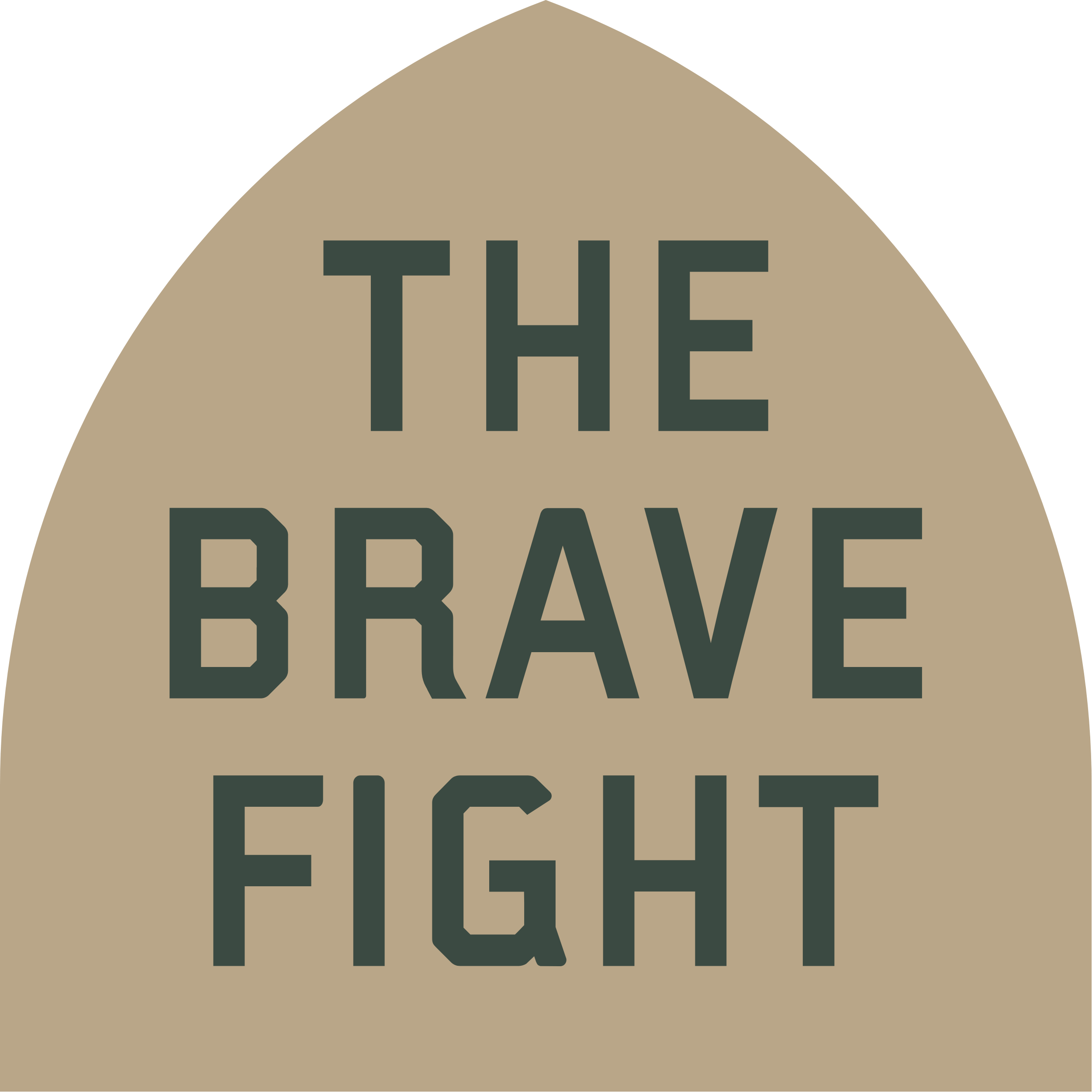Finding a trustworthy child therapist to guide your child through the healing process can be challenging. At The Brave Fight, our therapists specialize in working effectively with children, supporting them through their unique individual journeys. We create a welcoming environment to ensure your child feels comfortable and at ease during their therapeutic sessions.
Child therapy is tailored specifically to meet the emotional and developmental needs of children. It provides a safe and supportive space for children to express themselves, explore their feelings, and learn coping skills to navigate life’s challenges. Child therapists utilize a variety of techniques, including play therapy, art therapy, and cognitive-behavioral techniques, to help children process their emotions and develop positive coping strategies.
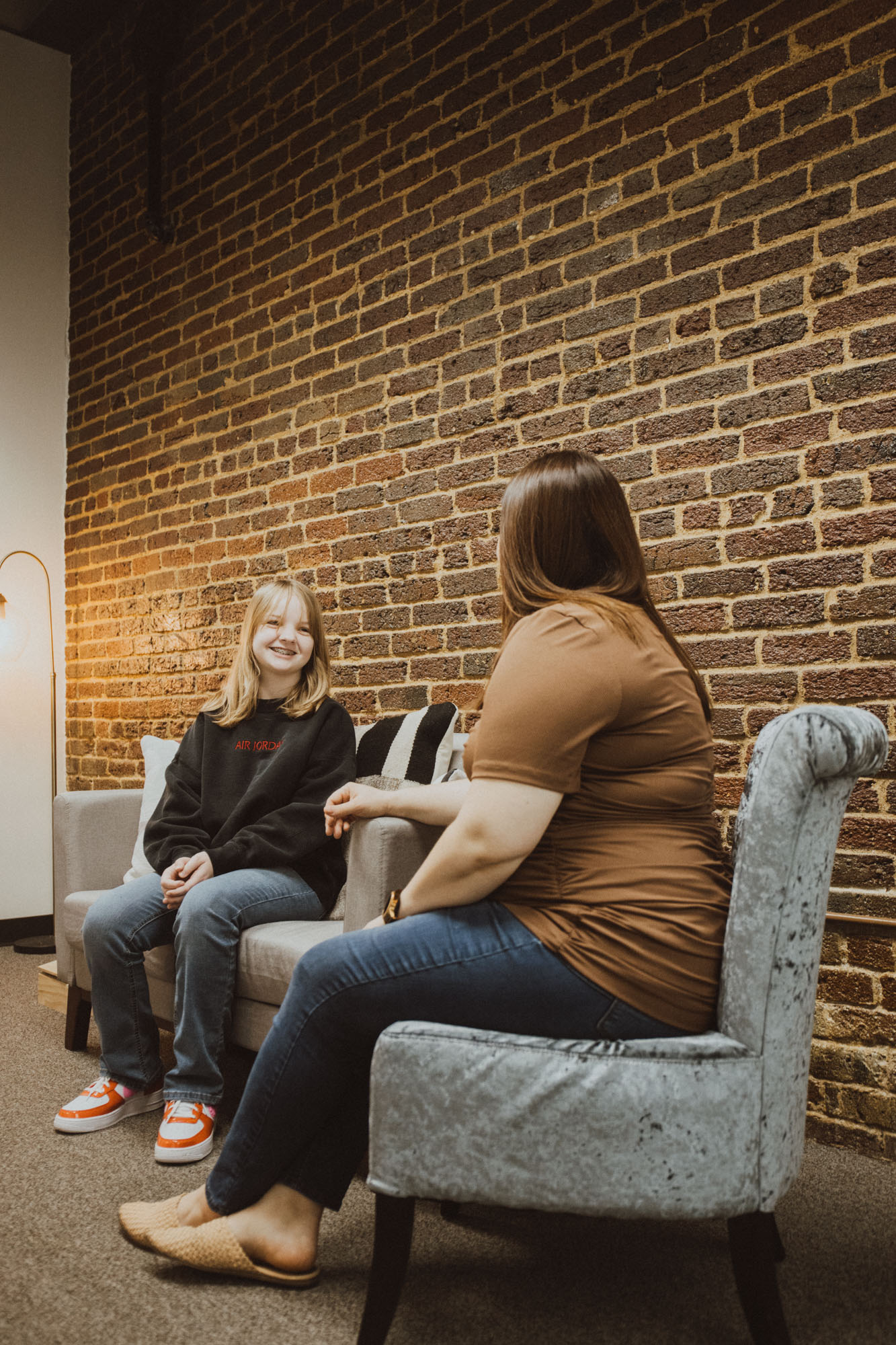

Child therapy is based on the belief that children have unique experiences, perspectives, and needs that should be honored and respected in therapy. Therapists adapt their approach to meet the individual needs of each child, creating a nurturing and empowering therapeutic environment.

Child therapists use developmentally appropriate techniques, such as play, art, and storytelling, to help children communicate and express their thoughts and feelings in a way that feels natural and comfortable for them.

Child therapy often involves collaboration with parents or caregivers to support the child's emotional well-being and provide guidance on implementing therapeutic strategies at home.

Child therapy focuses on identifying and building upon the child's strengths and resilience, empowering them to overcome challenges and thrive.

Play therapy allows children to express themselves and explore their feelings through play, using toys, games, and creative activities to communicate and process emotions.

Art therapy involves using art materials and creative expression as a means of communication and self-exploration, helping children express and process complex emotions.

Child therapists may use cognitive-behavioral techniques to help children identify and challenge negative thoughts, develop coping skills, and build resilience.

Storytelling and narrative therapy techniques involve using stories, metaphors, and storytelling to help children make sense of their experiences and develop new perspectives.
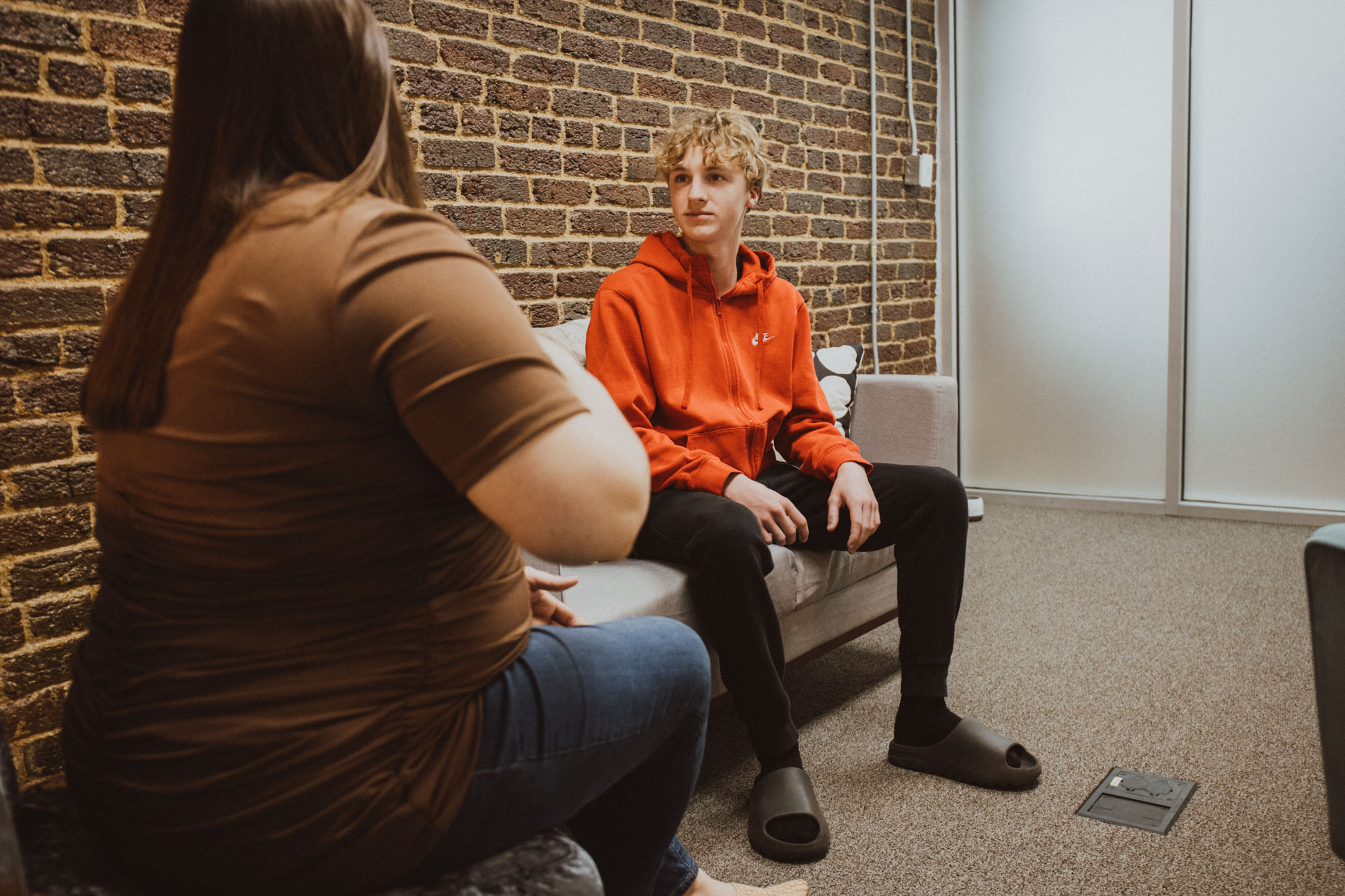


Child therapy helps children develop skills to identify, express, and regulate their emotions in healthy ways, leading to improved emotional well-being and resilience.

Child therapy teaches children practical coping skills and strategies to manage stress, anxiety, and other challenges they may face in their lives.

By developing a greater understanding of themselves and their emotions, children can build healthier relationships with family members, peers, and others in their lives.

Child therapy promotes a positive self-image and self-esteem, empowering children to feel confident in themselves and their abilities.
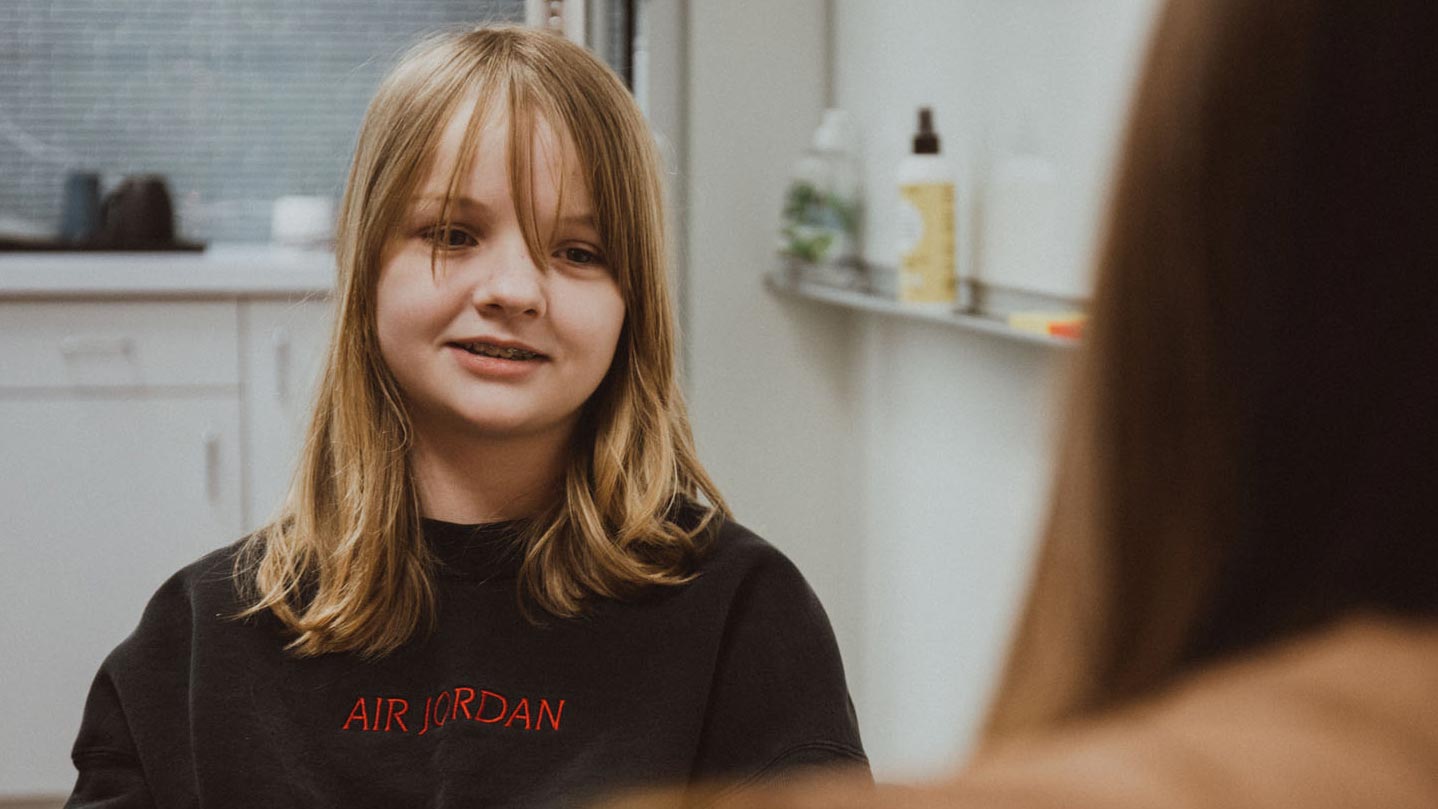
TGCTA is an evidence-based, assessment-driven treatment for adolescents ages 11 to 21 who have been exposed to trauma, bereavement, traumatic bereavement, or other life adversities, placing them at high risk for severe and persistent distress, functional impairment, and developmental disruption. Originally designed for small group settings, TGCTA can also be used effectively in individual treatment.
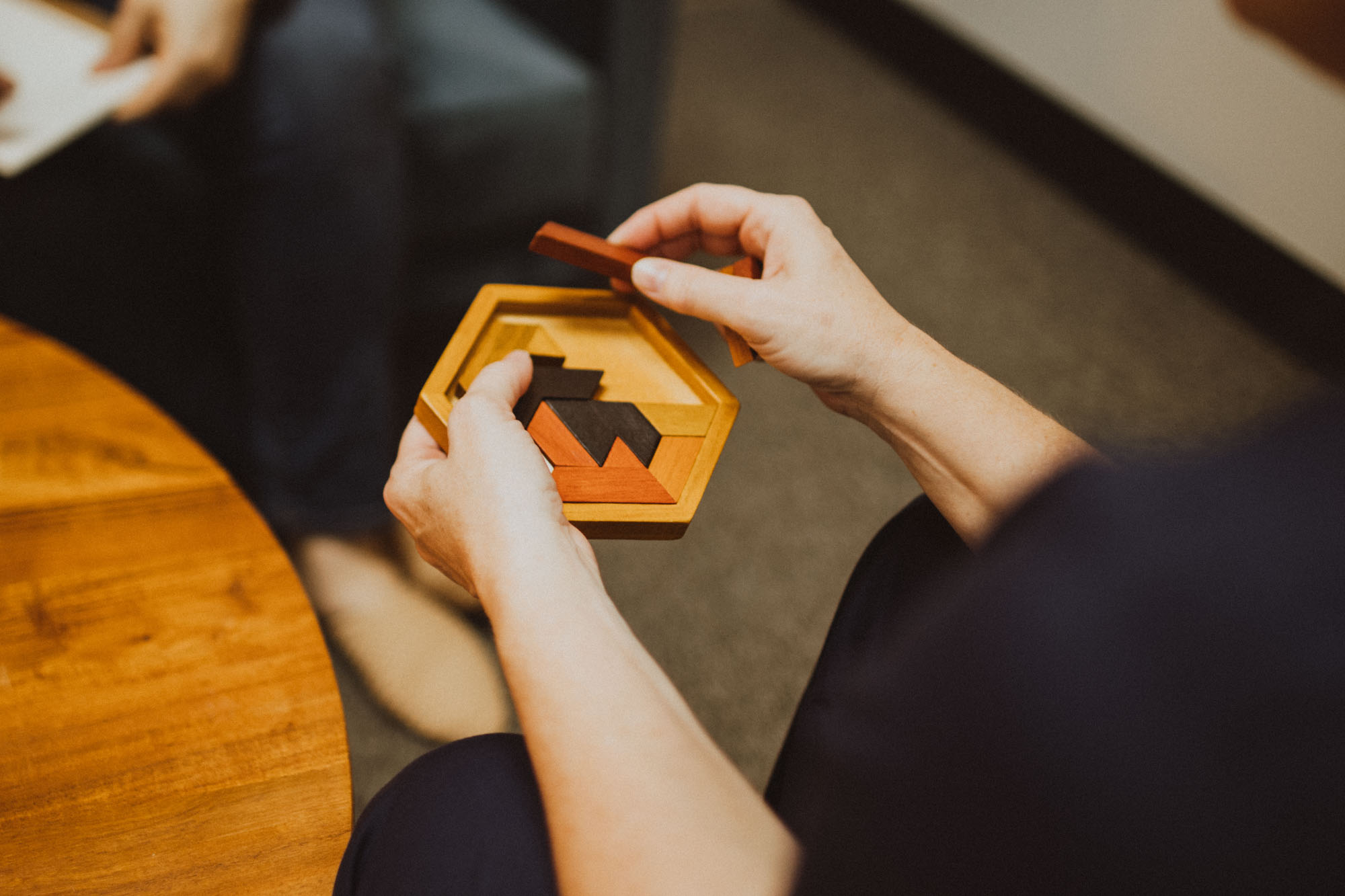
TGCTA has been implemented in school districts, health care facilities, mental health clinics, and juvenile justice sites across the U.S. and abroad, and has shown effectiveness in reducing post traumatic stress reactions, maladaptive grief, depression, school problems, disruptive behavior and violent behavior.

We’re ready to help whether you want to schedule an appointment or just have a few questions.
